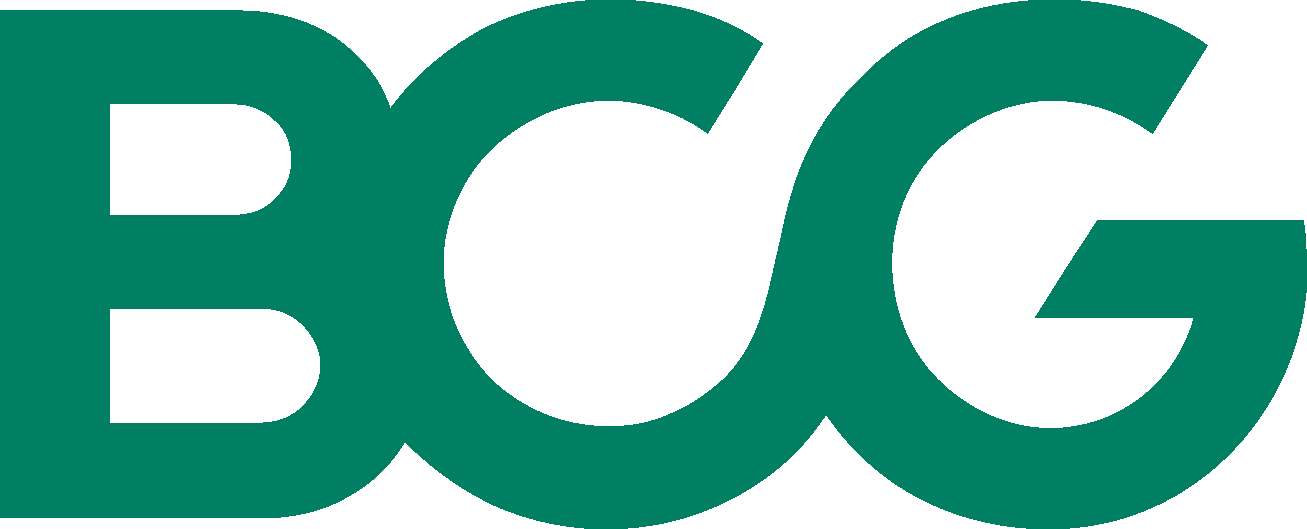Asset managers have reached a “critical juncture”, according to a Boston Consulting Group (BCG) report, amid the dramatic increase in passive adoption combined with rising regulatory responsibilities.
The report predicted these challenges will see asset manager profits decrease by nearly one-third by 2023 in the worst-case scenario.
In particular, the report highlighted how asset managers were in an almost catch 22 situation where they need to have a passive range in order to capture flows, however, these products are eating into overall revenues. For example, in 2017, passive assets that represented 20% of industry assets under management (AUM) generated just 6% of revenues last year.
In the US, passives were more in favour than active strategies, with 10 of the top 15 most popular strategies being passive. However, this was not the case in Europe as just 5 of the top 15 most popular were passive.
The reason for this, Joe Carrubba, partner and managing director at BCG and co-author of the report, said intermediaries and distributors play a more active role in the value chain meaning low-cost distribution models have not made as big of an impact than in the US.
“Over time, however, we expect this bias to dissipate: the low-cost model is too compelling to be kept on the sidelines for very long,” Carrubba added.
In response to the challenges, some active managers have restructured fee schedules, shut underperforming funds, and launched new products.
Furthermore, the stakes are higher in a market downturn with the gap between the winners and the losers becoming more significant. In the last four downturns, winners posted compound annual growth rate (CAGR) revenue gains of 8.8% while losers saw declines of 4.7%.
In order to counteract this, BCG said there are three defensive steps asset managers can take; focus intently on costs, review the portfolio, and optimise pricing, and three aggressive strategies; combat client attrition, invest in data and analytics, and consider M&A.
Carrubba continued: “As leaders contemplate a tougher future, the time has come to double down on strategy and determine the best way to streamline and become more efficient.
“Part of that exercise should be a rigorous focus on costs with a simultaneous focus on ensuring that clients are highly motivated to remain on board.”



